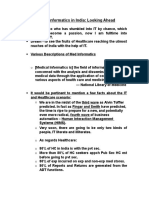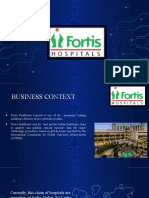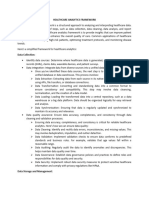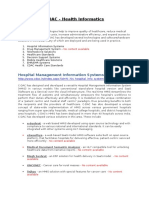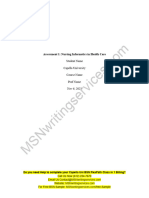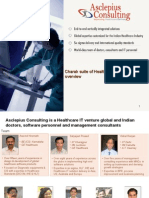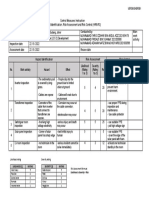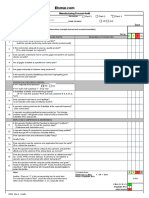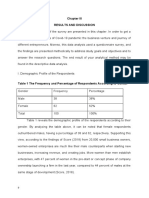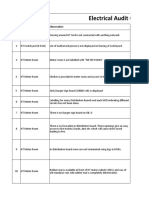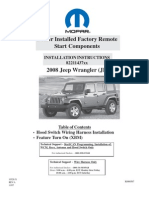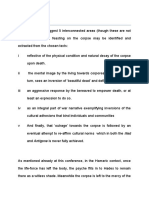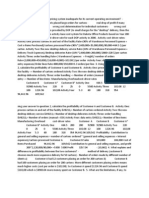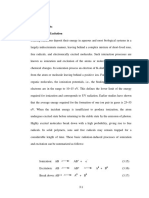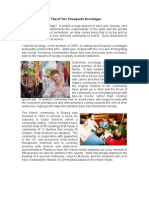0% found this document useful (0 votes)
10 views5 pagesDocument 25
AIIMS aims to enhance patient care by addressing outdated IT infrastructure and security vulnerabilities through an integrated Electronic Health Record (EHR) system and automated workflows. The transformation is expected to improve operational efficiency, patient satisfaction, and resilience against cyber threats while aligning with long-term strategic goals. Key steps include strengthening IT security, automating processes, and refining the tendering strategy for IT services.
Uploaded by
aakrshjainCopyright
© © All Rights Reserved
We take content rights seriously. If you suspect this is your content, claim it here.
Available Formats
Download as PDF, TXT or read online on Scribd
0% found this document useful (0 votes)
10 views5 pagesDocument 25
AIIMS aims to enhance patient care by addressing outdated IT infrastructure and security vulnerabilities through an integrated Electronic Health Record (EHR) system and automated workflows. The transformation is expected to improve operational efficiency, patient satisfaction, and resilience against cyber threats while aligning with long-term strategic goals. Key steps include strengthening IT security, automating processes, and refining the tendering strategy for IT services.
Uploaded by
aakrshjainCopyright
© © All Rights Reserved
We take content rights seriously. If you suspect this is your content, claim it here.
Available Formats
Download as PDF, TXT or read online on Scribd
/ 5





